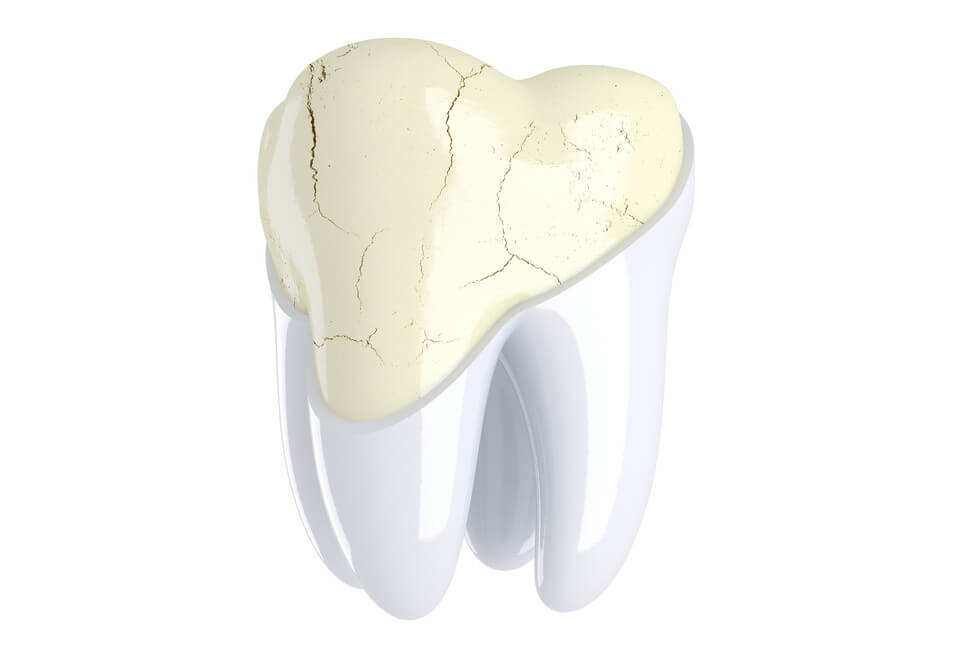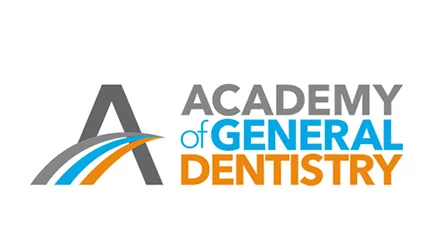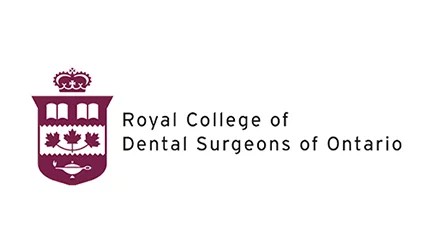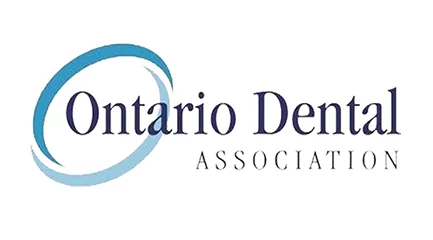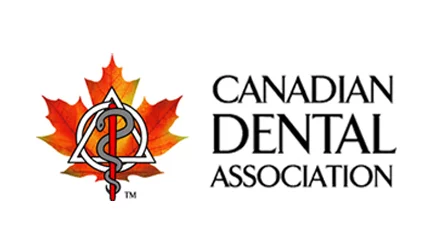The exterior layer of your teeth comprises enamel, a chemical that shields your teeth from physical and chemical harm. Tooth enamel is extremely tough. It’s, in fact, the most durable tissue in the human body, much tougher than bone. Enamel is the primary defense against the numerous chemicals in foods and bodily fluids. However, enamel is susceptible to wear and tear, known as enamel erosion.
It can lead to problems such as tooth stains and sensitivity. Tooth enamel cannot be replaced, but you can prevent the erosion from worsening through dental treatments and good dental health.
WHAT ARE THE SIGNS AND COMPLICATIONS OF TOOTH EROSION?
If you have dental erosion, your teeth can:
- become discolored
- become more sensitive to cold and heat
- appear shorter due to the process of aging
- chips as well as a chip or more easily
- Sharp edges
Dental erosion occurs most often on the surfaces that bite off your teeth, the inside surfaces, and the top edge of your teeth. The surfaces on the inside are more susceptible to acid that comes from your stomach.
If not addressed early, Dental erosion may lead to erosion of the tooth’s surface. Acid dissolves tooth enamel over time, exposing the dentine, which is yellowish-brown.
Tooth fillings can also become raised if the enamel surrounding is damaged by acid.
WHAT CAUSES TOOTH LOSS?
A variety of factors can lead to tooth loss. Risk factors for tooth erosion include:
- Consuming starchy, sweet, or acidic beverages and food.
- Too much pressure on the brush. (This is especially true in those who have tooth erosion along the gum line.)
- The grinding of the teeth (bruxism).
- GERD (chronic acid reflux).
- Dry mouth (xerostomia).
- The long-term use of certain medicines for long-term use, such as antihistamines (which can reduce the production of saliva).
- Genetic disorders such as enamel hypoplasia (where you are born with very little or no enamel on your teeth).
- Bulimia Nervosa (which places your teeth in acid from the stomach).
TREATMENT AND PREVENTION OF ENAMEL EROSION:
If you’ve had a significant experience with enamel loss, your dentist can assist you using several methods. The first one is tooth bonding.
Bonding is a method where a tooth-colored product called resin is affixed to damaged or stained teeth. The resin can cover discolorations and also protect your teeth. It is possible to think about tooth bonding if erosion of your enamel has led to discoloration of the front of your teeth.
In more serious instances, your dentist could recommend an implant or crown for the damaged tooth to stop further decay. The most effective method to combat enamel erosion is to prevent it from occurring at all. Even if you have some erosion in your enamel, you can stop it from getting any worse by ensuring the best oral hygiene practices.
If the erosion of your teeth isn’t treated, it may harm the tooth’s structure. Tooth enamel isn’t able to grow back after it’s gone. Your dentist offers treatment to restore tooth structure. They comprise:
CAN DENTAL EROSION BE PREVENTED?
You can help prevent dental erosion by:
- Restricting your consumption of drinks and foods with acidic ingredients like soft drinks and juices of fruit.
- A straw when drinking beverages containing acid is necessary to reduce the contact between acids and teeth.
- Wash your mouth with water after exposure to acid.
- Drinking plain water instead of acid-containing beverages.
- Wash your mouth with milk or water following vomiting.
- Chewing sugar-free gum boosts saliva and dilutes acid.
- Reducing your intake of alcohol.
- Getting regular dental or health checks.
Use a gentle brush and fluoride toothpaste to clean your teeth.
Make sure you wait at least 30 minutes to clean your teeth after consuming acidic drinks or vomiting. Acid causes the tooth’s enamel to soften over 20 to 30 minutes, and then saliva helps to dilute the acid. In the meantime, clean your mouth with regular tap water or a fluoride mouthwash.
If you suffer from acid reflux, speak to your doctor about managing it and decreasing the acid source. Beware of giving babies drinks with sugar or juices made from fruit. The enamel of baby teeth is more delicate than adult enamel and is more susceptible to acid damage.
CAN TOOTH ENAMEL GROW BACK?
Enamel is extremely durable. It contains no living cells and cannot heal itself when it suffers physical or chemical damage. This means that enamel erosion isn’t reversible, and the enamel will not grow again. However, enamel erosion can take quite a long time. Even if you have some erosion on your enamel, however, you can prevent it from getting worse.

